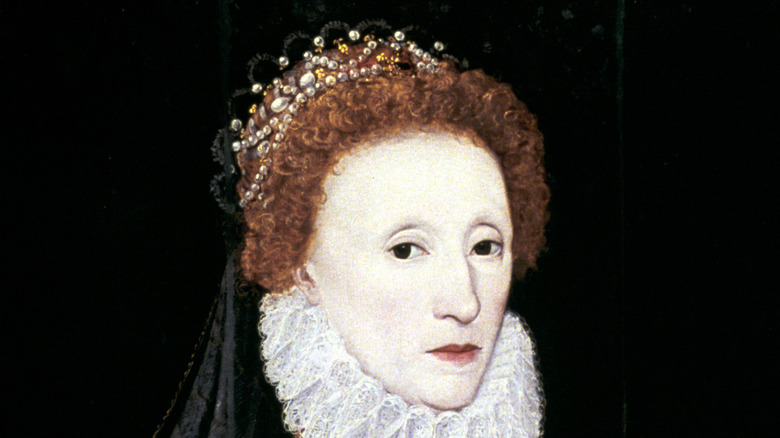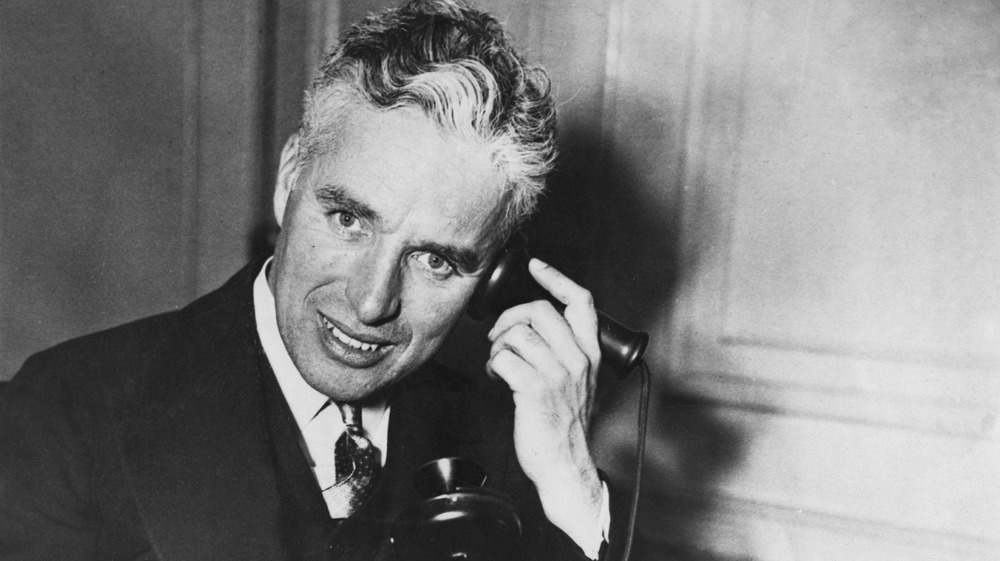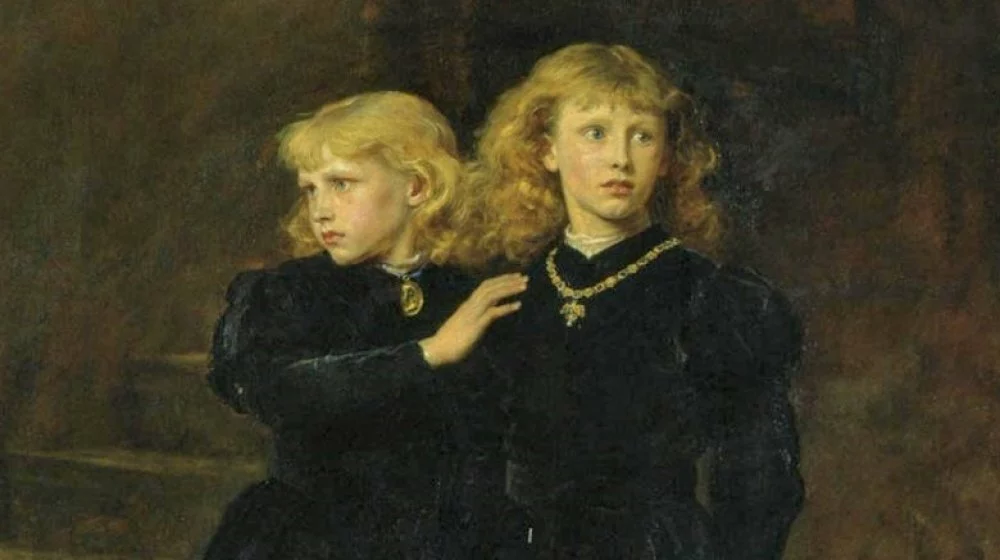
The Surprising Reason Rotting Teeth Was Once A Sign Of Wealth
The consumption of sugar has been a ubiquitous part of life for centuries, with modern countries importing record amounts of it. In ancient India (the origin of sugar cultivation), Greece, and Rome, sugar was treated as a medicine for various ailments (via Czarnikow). They did not know the consequences of a sugar-laden diet, however, as honey and lead were typically their sweeteners of choice (via Smithsonian Magazine). Even as sugar cane cultivation and culinary use spread from India to China, the Middle East, and Europe, it remained an expensive additive and its rare use was indicative of wealth.
European discovery of the Americas changed this, as the Caribbean environment was perfect for massive sugar cane plantations (which was, in turn, a driving force for Native and African enslavement). As sugar production increased dramatically, so too did its demand from Europe’s wealthy. Now it was not only one’s ability to buy sugar that was a symbol of status but how much one could buy. Where the Romans (unknowingly) exchanged lead-poisoning for good dental health, 16th century England, in particular, would take sugar in the opposite direction with a disgusting method of displaying wealth (via CNN).
A rotting smile was something few could afford in Tudor England
Prior to the introduction of sugar, people in the British Isles had fairly comprehensive oral hygiene methods, including chewing seeds, using toothpaste, and making use of mouthwash (via Slate). For the most part, this was still the case for the lower classes by the time of the House of Tudor. For the elite, however, societal expectation would lead to such progress being thrown out the window. According to ZME Science, Queen Elizabeth I’s desire for sugar and her ability to purchase large quantities of it led to her teeth becoming black and cavity-ridden.
Not wanting to be seen as unable to afford such a sugary diet, many of England’s upper classes did all they could to induce a similar appearance. One product, a sugar-based toothpaste, would be the bane of modern dentists as Tudor aristocracy even used it to further their oral decay (via Tudorsynasty.com). Throughout the era, these darkened smiles became as meaningful as expensive jewelry or clothes before eventually falling out of popularity. Given this and other dangerous sources of vanity, like the Queen’s lead-based makeup, it actually paid health-wise to not be rich in Tudor England.

There's A KISS Comic Book You Probably Didn't Know Existed

Where Are Stalin's Descendants Now?

Why Vladimir Putin Might Be Secretly Richer Than Jeff Bezos

The Real Reason David Crosby Is Losing The Ability To Play Guitar

How The Hottest Planet In Our Solar System Still Has Ice Buildup

How Much Joe Walsh Is Actually Worth

What Was The Boston Massacre And Why Did It Happen?
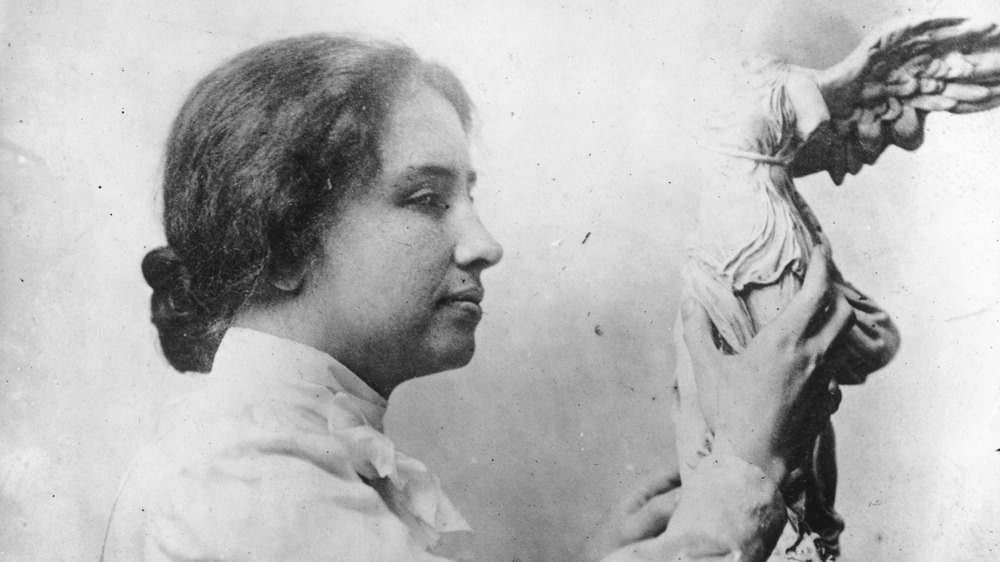
The Wild TikTok Conspiracy About Helen Keller

Gravitational Waves Detected For Second Time Ever
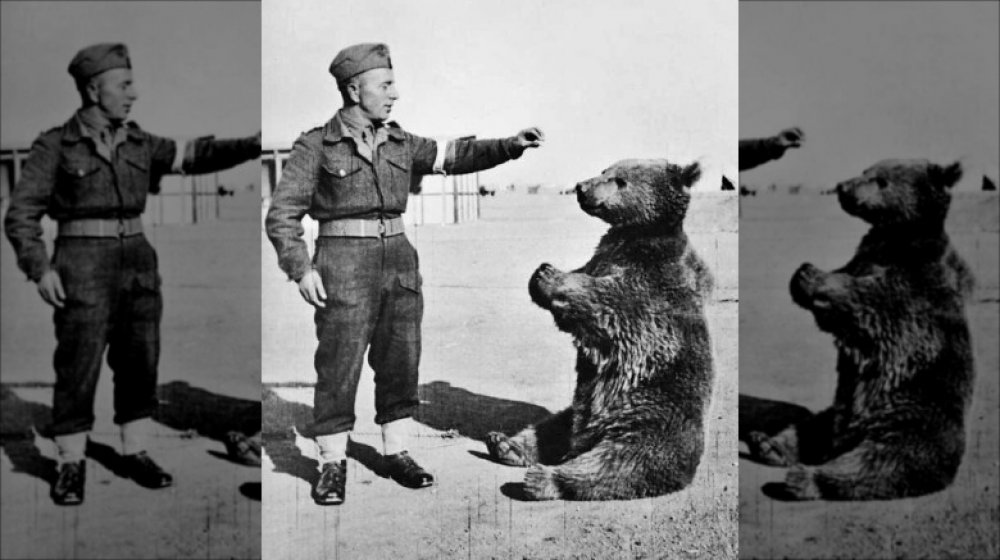
The Beer-Drinking Bear That Served In WWII
